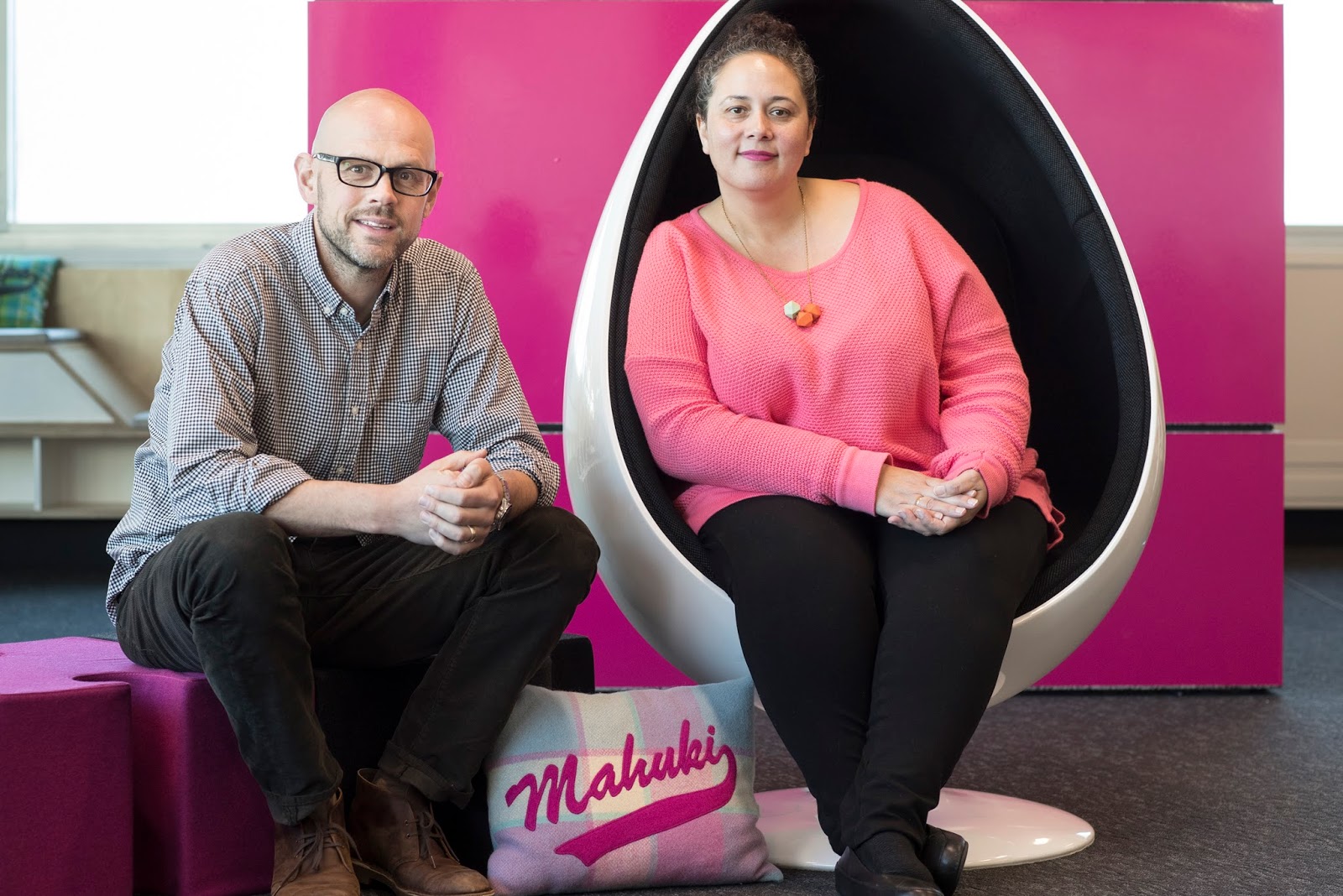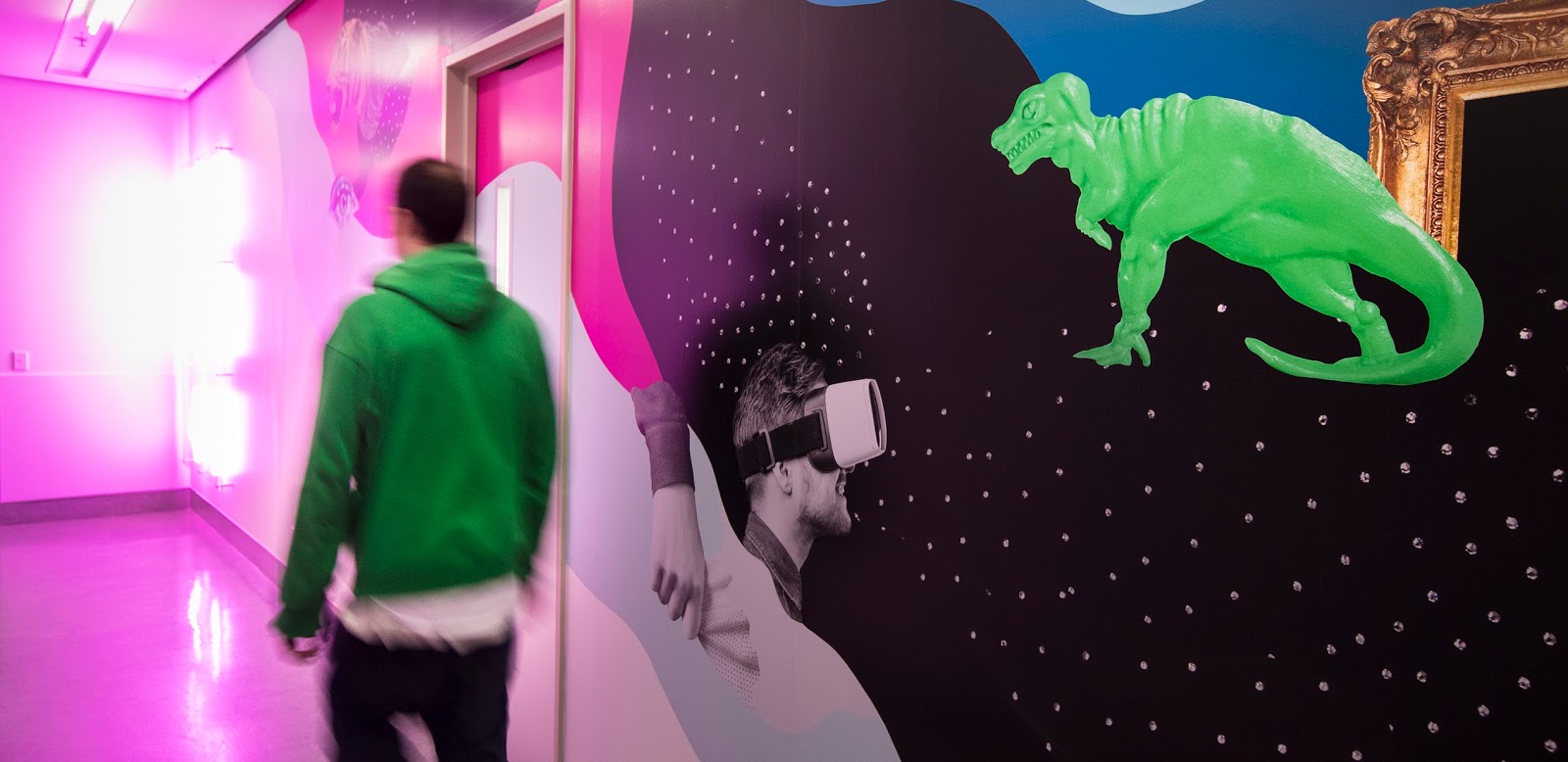
| Tui Te Hau |
At the [2017] AAM Annual Meeting, I hope to see you at the session I’ll be moderating on the emerging trend of museums running business incubators and co-working spaces (Sunday, May 7, 4 pm). One of the newest of these enterprises is Mahuki, an innovation accelerator run by Te Papa, New Zealand’s national museum. Mahuki won’t be represented on our panel, but in today’s guest post Tui Te Hau, general manager of Te Papa’s Innovation Hub, offers some advice for museums considering starting their own co-working or incubator space. And Tui knows whereof she speaks, having headed up Wellington’s Fashion HQ business accelerator and establishing Lightning Lab, New Zealand’s business acceleration program. (Her longer bio is well worth reading.) You can still register to join us in St. Louis.
Museums and galleries with spare space have an opportunity to enter the co-working realm and provide office facilities for businesses and others in their community. The benefits include revenue from rents and other charges, leveraging physical space and co-location with entrepreneurs that creates energy, excitement and momentum in your organization. Co-working takes more than just providing the space and you can increase your chances of success and save yourself big headaches with a little forward planning.
Here are my top three insights from spending a decade co-located with entrepreneurs in business incubators and accelerators.
It’s a real estate play
Co-working is a real-estate or rental business model and unless money is no issue for you, you need to create a value proposition that will attract and retain individuals and businesses to choose your space. You also need to secure tenants who can and will pay the rent (every month and on-time)!
The tension is that you will also want to have quality tenants that align with your brand and positioning. Maybe it’s art-tech focused businesses in a gallery.
This means you need to determine a pricing structure and selection criteria that will enable you to run the co-working space sustainably and have the right mix of teams in order to deliver value to your organization over and above the rent you receive.
Of course you can just run your space purely for profit and then maybe who is in the space isn’t so important. Equally, you could run it totally altruistically and not charge (I wouldn’t though).
But here’s the other tension – the mix and quality of the existing tenants are what attracts new tenants to come be located with you versus the other cool space down the road.
The first year is generally the honeymoon period when your brand spanking new facility and your marketing enthusiasm attracts awesome teams. Its year two and beyond where it can become a hard grind if you aren’t constantly reviewing and enriching your value proposition to attract the right mix of teams (and meet your financial targets)!
Time base your offer
My number one tip is to build in check points in your agreements with your tenants. Possibly a trial to start and then a review on a six monthly basis. Don’t sign an open ended agreement. You need the flexibility to be able to move people on. Some people are just plain awful to be in a space with, others can be super awesome but aren’t paying rent, or are really messy.
Just Co-working?
 Energy and momentum is the fuel of business (that, and endless supplies of good coffee). You need to bring energy into the space on a regular basis. This could be through workshops, seminars, community rituals (like doing the daily crossword). People like to co-work because of the co – the opportunity to interact with others. Other considerations include music, fit out and furniture. Don’t go too far – it’s not party central. The culture and vibe of the place will be determined by the mix of teams you have but you are a key player. You need to be actively thinking about this continuously.
Energy and momentum is the fuel of business (that, and endless supplies of good coffee). You need to bring energy into the space on a regular basis. This could be through workshops, seminars, community rituals (like doing the daily crossword). People like to co-work because of the co – the opportunity to interact with others. Other considerations include music, fit out and furniture. Don’t go too far – it’s not party central. The culture and vibe of the place will be determined by the mix of teams you have but you are a key player. You need to be actively thinking about this continuously.
I would also be mindful of when you might start to operate like a business incubator and begin to provide entrepreneurial services to tenants. This is not a bad thing to do and it is a natural way to bring in energy – it’s just that it is very resource intensive and is something you should do consciously and with a plan.
There are a number of awesome organizations that do this for a living and you could consider partnering with someone to run your co-working space. In New Zealand we have the awesome Biz Dojo who love to share their co-working mojo with others. There is also a lot of information online to help you.
Through co-working I’ve had the chance to work alongside a rich mix of interesting and smart people. I’ve been there at ground zero for businesses that have gone on to be superstars and I’ve had a lot of fun. I’ve also had to have difficult conversations with people – those who don’t shower, hog the meeting rooms and had to address the rumor that people got a little more intimate than appropriate onsite after hours. Mostly, I’ve had to manage a lot of competing expectations; “no we aren’t going to start providing organic fruit baskets every week” and “yes I love your business and you’re team really makes this place hum – but it’s not in lieu of your rent”. For your parent company – its meeting their expectations that they are providing something that the community values and makes us all look good.
There are lots of other considerations but this will get you started. Good luck!










